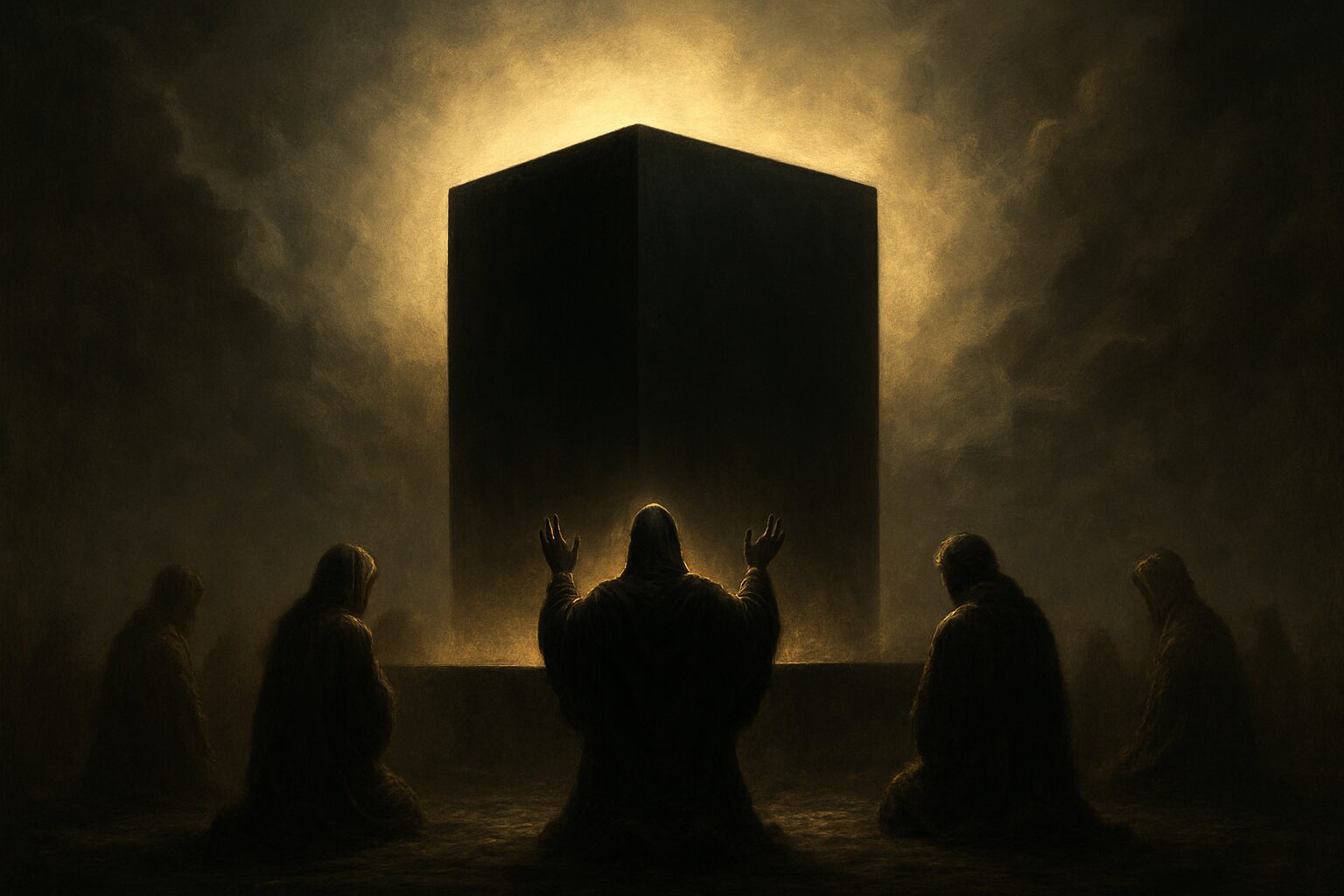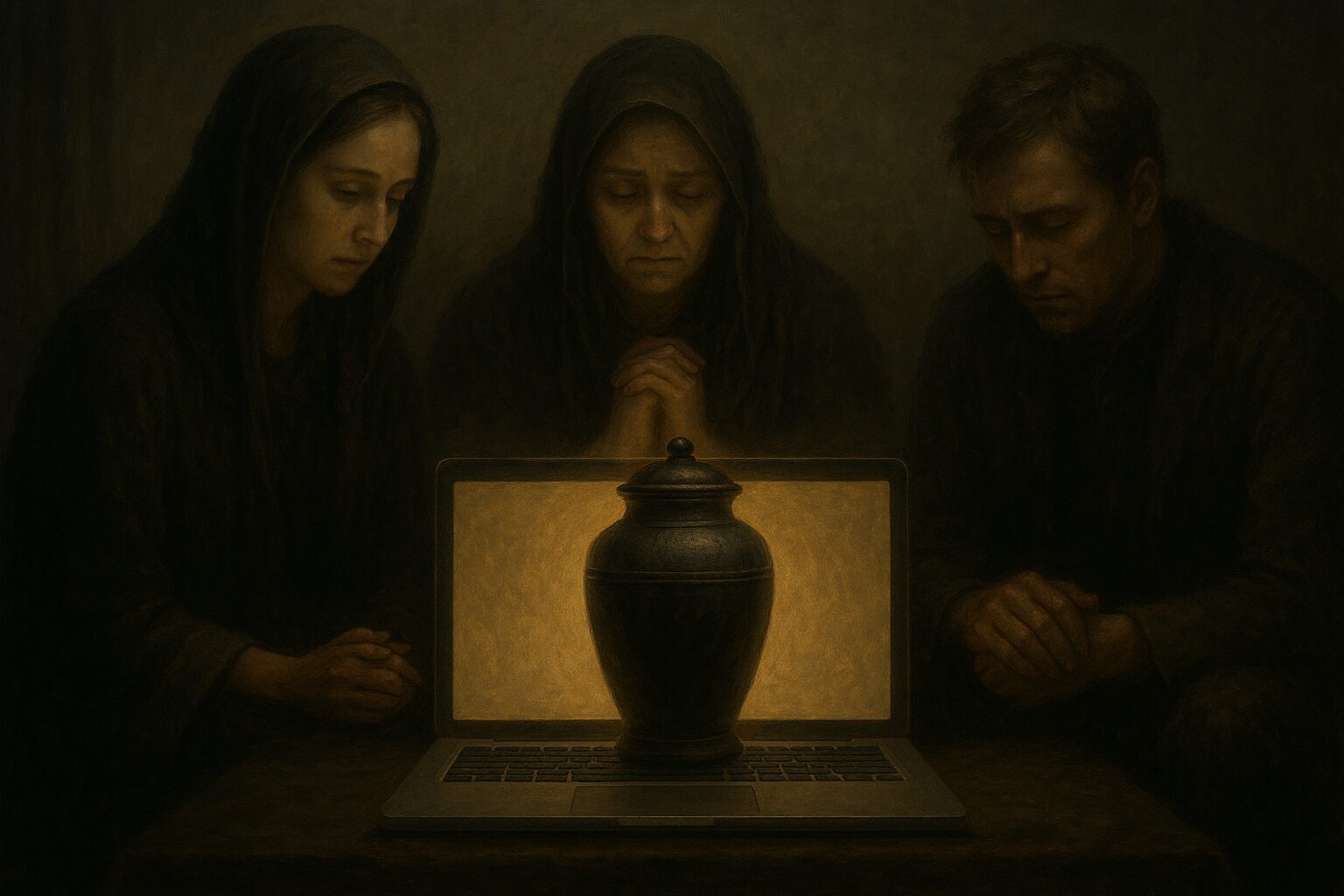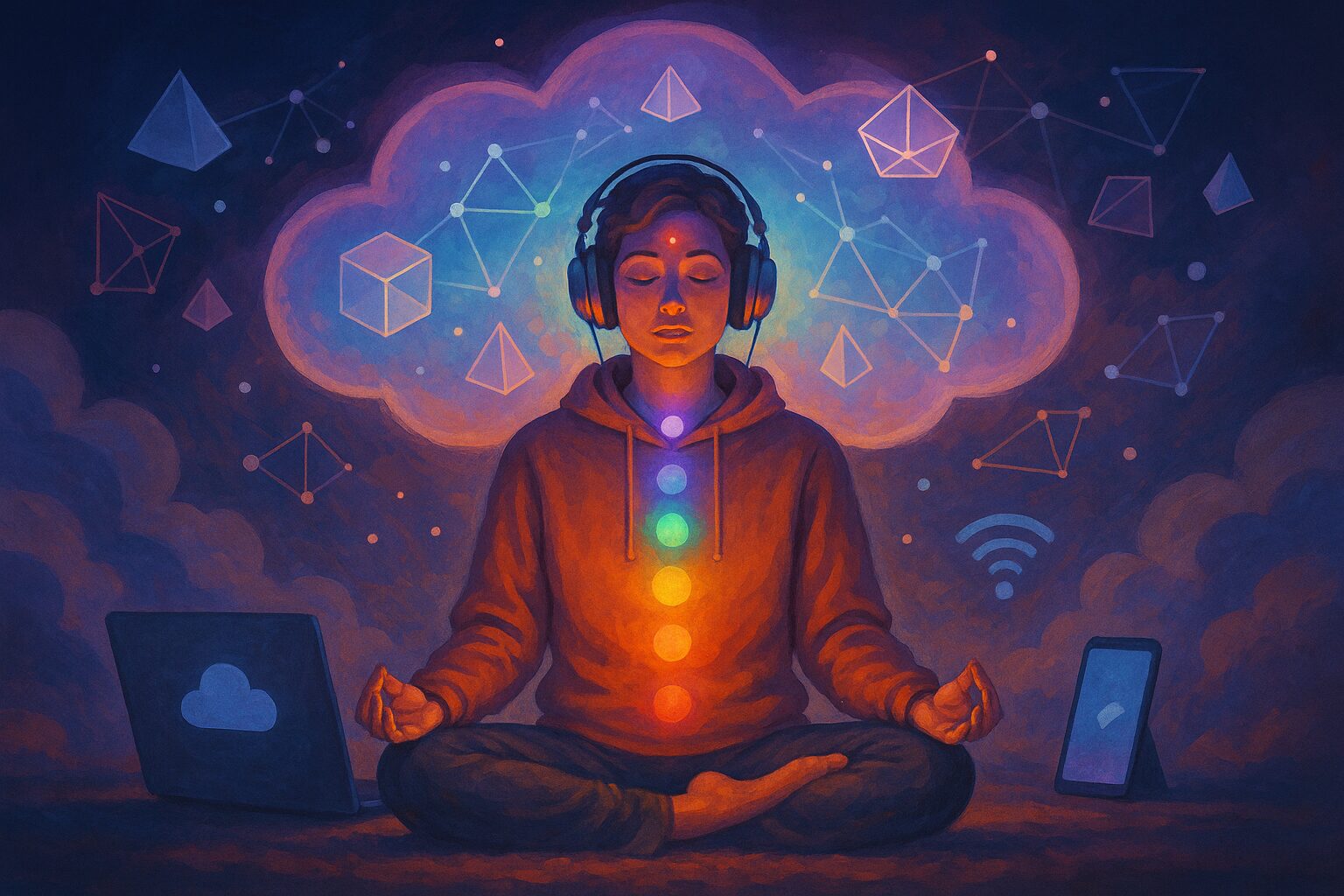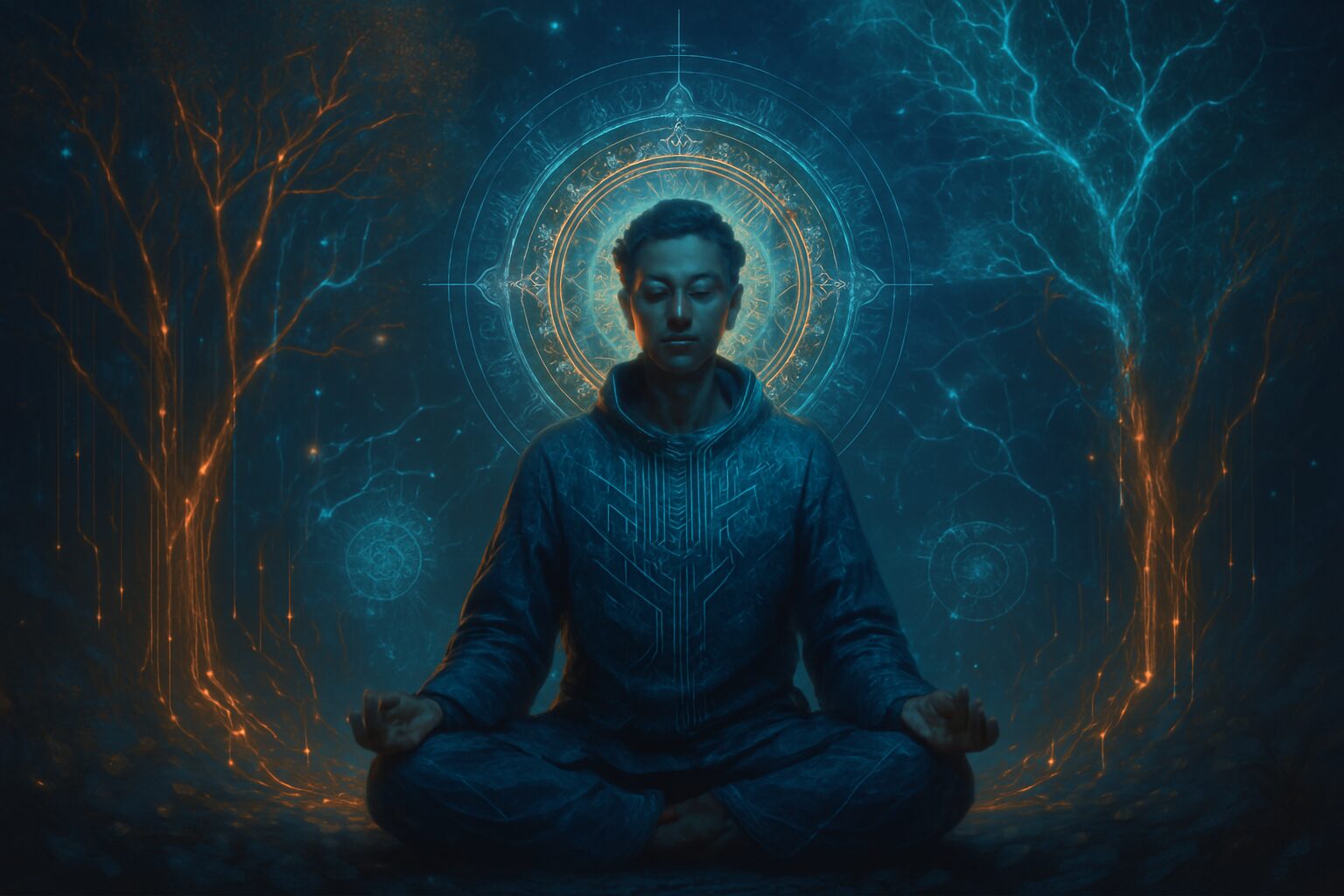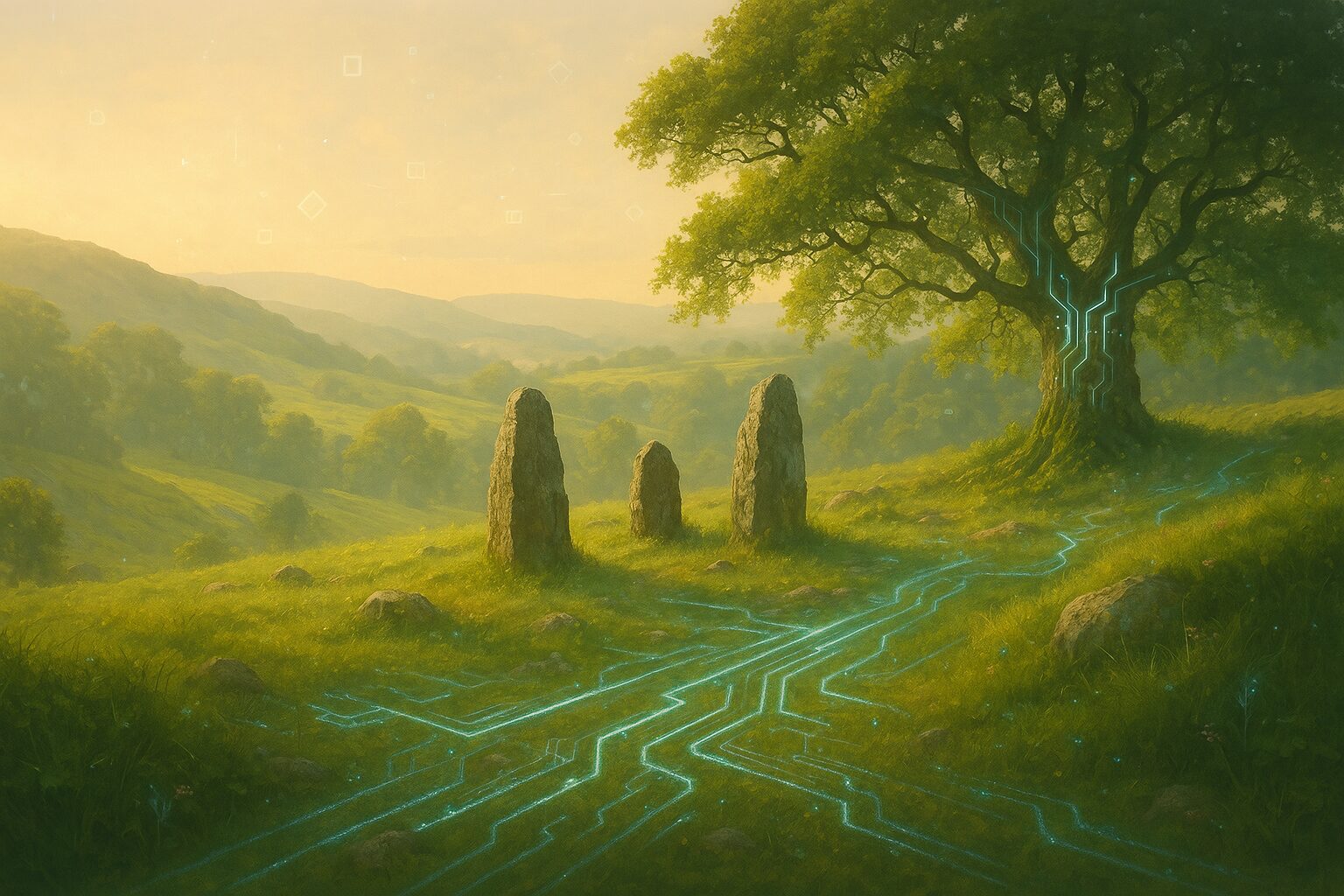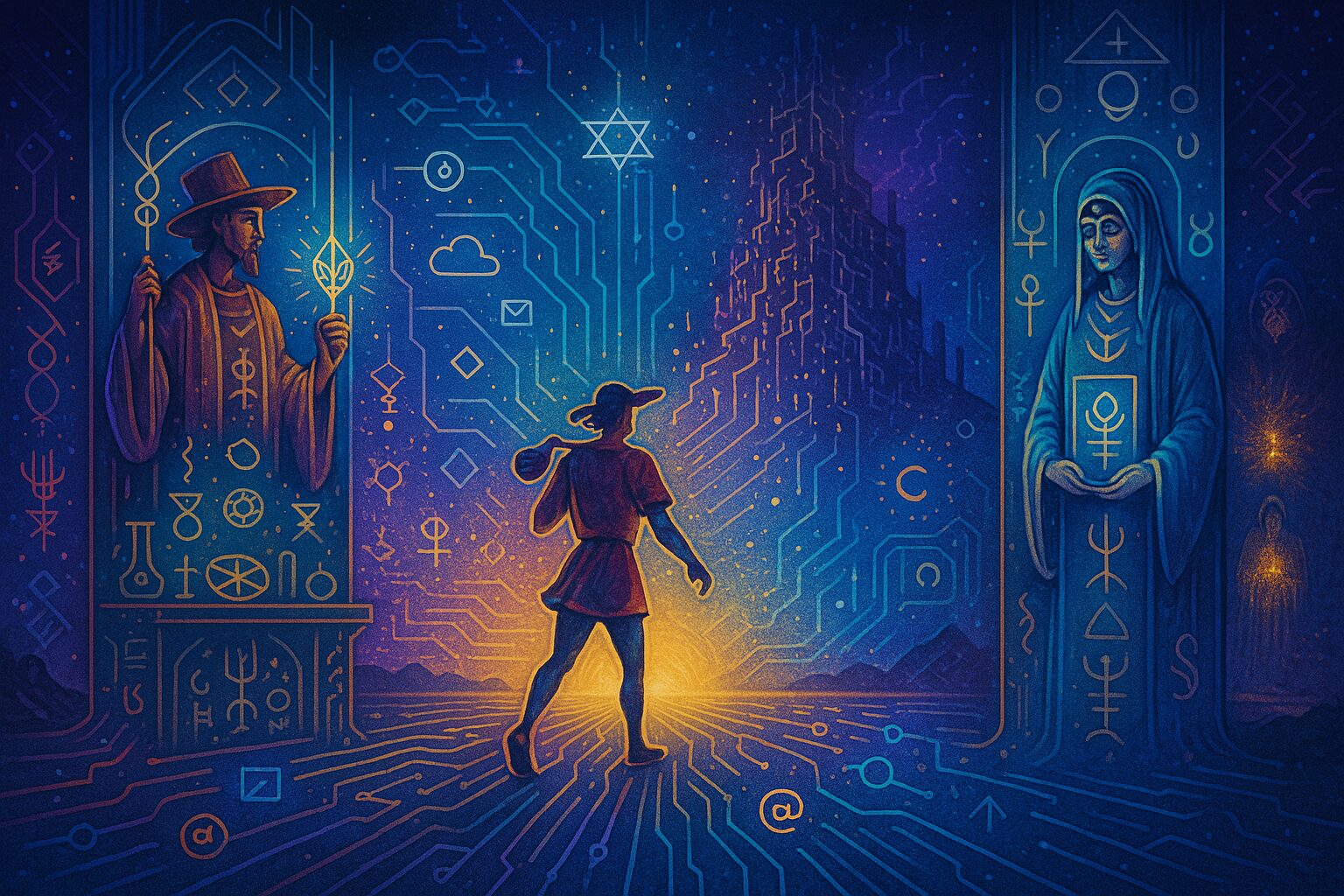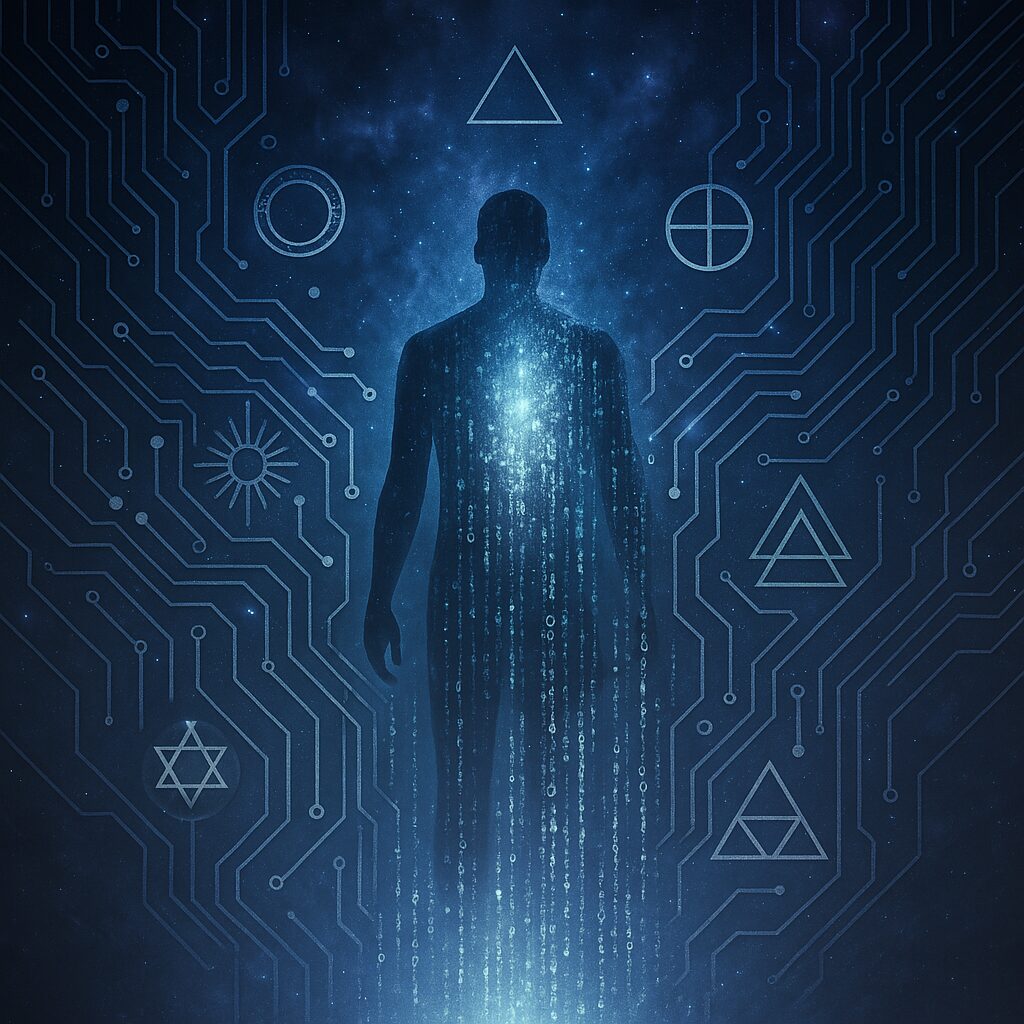“Silence is not absence, but presence too deep for words.”
Introduction: The Cyber-Cloister Awakens
In a world of endless noise—notifications, scrolling, virtual chatter—a new spiritual movement is emerging in France. Quiet, contemplative, and paradoxically digital, this phenomenon could be called Digital Monasticism: a modern echo of ancient monastic rhythms, now carried through fiber optics and sacred code.
These are not reclusive monks in stone abbeys. They are coders, artists, and seekers—solitary yet connected, inhabiting spaces where mysticism meets minimalism. And France, with its rich tradition of Christian mysticism, esotericism, and resistance to commercial digital culture, has become a fertile ground.
Digital Silence: A Practice of Resistance
In the tradition of the Desert Fathers, silence was not merely abstention from speech—it was an opening to divine presence. Today, French digital monastics are reinterpreting this ancient practice using ritualized disconnection, sacred code blocks, and deep listening apps.
A small community near Cluny observes Laudes and Compline via encrypted Zoom, followed by hours of offline manual labor and contemplative time. Their “abbot,” a former systems engineer, teaches how to encode the Psalms into visual fractals and speaks of “bitrate as breath.”
Others embrace temporary tech-fasts, lighting incense before powering down, leaving auto-replies like: “Unavailable—entering sacred silence.”
Traces of the Esoteric: French Christian Mysticism Reborn
France has long nurtured mystical veins: John of the Cross in translation, Simone Weil, René Daumal, and the Cathars—each emphasizing inward transformation and ineffable truth.
This digital revival draws heavily on:
- Apophatic theology (via Pseudo-Dionysius): the idea that God can only be known through what cannot be said.
- The Cloud of Unknowing, now translated into “The Cloud of Unplugging”—a term coined by a French cyber-anchoress who writes devotional code while offline for 40 days.
- Symbolic liturgies, where emoticons, glyphs, and abstract code lines form sacred mandalas and “living digital icons.”
Case Studies: French Cyber-Monastics in Action
1. L’Abbaye Numérique de Saint Vide (The Digital Abbey of Saint Emptiness)
An experimental online cloister formed by poets, hackers, and theologians. Members take weekly vows of silence from social media and exchange only anonymous fragments of “sacred data” through a forum that disappears after Lauds.
Their motto: “No ego. No likes. Just Light.”
2. Frère Benoît, the Hermit of Marseille
A former club DJ turned mystic, Benoît lives in a micro-apartment where he’s developing a Gregorian chant generator that aligns with sunrise and sunset. His daily rule: silence until noon, and only sacred music until dusk.
3. Techno-Carmelites of Montségur
Inspired by the medieval Cathars and the Carmelite order, this group holds silent online retreats using ambient music, candle-lit webcams, and shared contemplation periods. Their rituals are deeply informed by esoteric Christianity, including Kabbalistic prayers in Occitan.
Sacraments of the Interface
Many digital monastics view the interface as a sacramental threshold. Touching a keyboard with awareness becomes a prayer. Code is not simply functional, but symbolic—a divine language, echoing the Logos.
Some build “prayer scripts”—small programs that ring a bell for the Angelus, display random Psalms, or activate incense diffusers. There are even apps that simulate monastery bells, tuned to ancient Solfeggio frequencies.
One Parisian programmer-mystic said: “The command line is my lectio divina.”
Esoteric and Occult Resonances
Though rooted in Christian mysticism, French digital monasticism is not dogmatic. Influences include:
- Hermeticism and Neoplatonism, especially through the writings of Fabre d’Olivet.
- Alchemy: silence as a dissolving of the ego-self in the crucible of solitude.
- Gnostic undertones: the material world is not rejected, but refined through mindful interface.
This fluidity allows many to experiment with nondual meditation, Tarot-based journaling, or Sufi-inspired movement practices—within or beside their digital monastic routines.
Criticism, Limits, and the Question of Authenticity
Some critics dismiss digital monasticism as aesthetic posturing or spiritual escapism. Can silence on a screen carry the same weight as silence in a stone chapel? Is the sacred diluted by digital mediation?
Practitioners respond: “God is not bound by format.” For them, authenticity is not in the platform, but in the presence brought to the practice.
Still, challenges persist—especially around discipline, distraction, and community. Not all who attempt this life stay committed, and the line between sacred stillness and passive consumption can blur.
Conclusion: Toward a Digital Hesychia
The ancient Greek word hesychia means quietude, inner peace, stillness. For centuries it was the goal of monks seeking union with the Divine through pure prayer. Today, in lofts, basements, and fiber-lit forest huts, a new hesychia is being sought.
Not in escape from the world, but in transformation within it.
Not in mute rejection, but in sacred silence.
Not in monastic walls, but in open-source sanctuaries.
The chant of silence has returned. And it is echoing through the machines.

